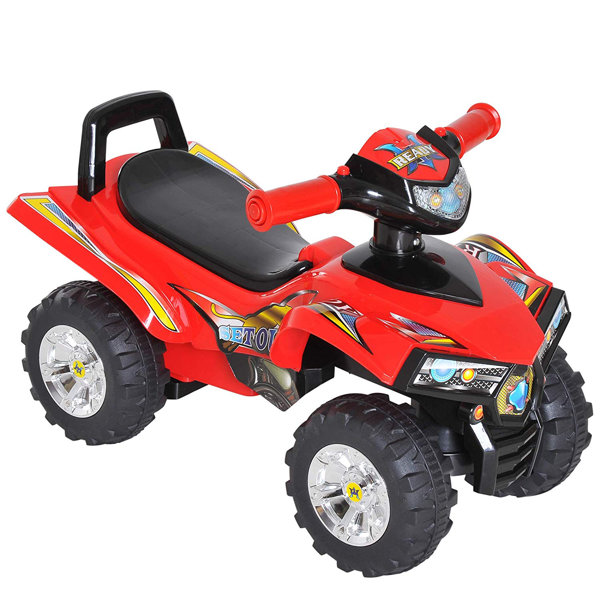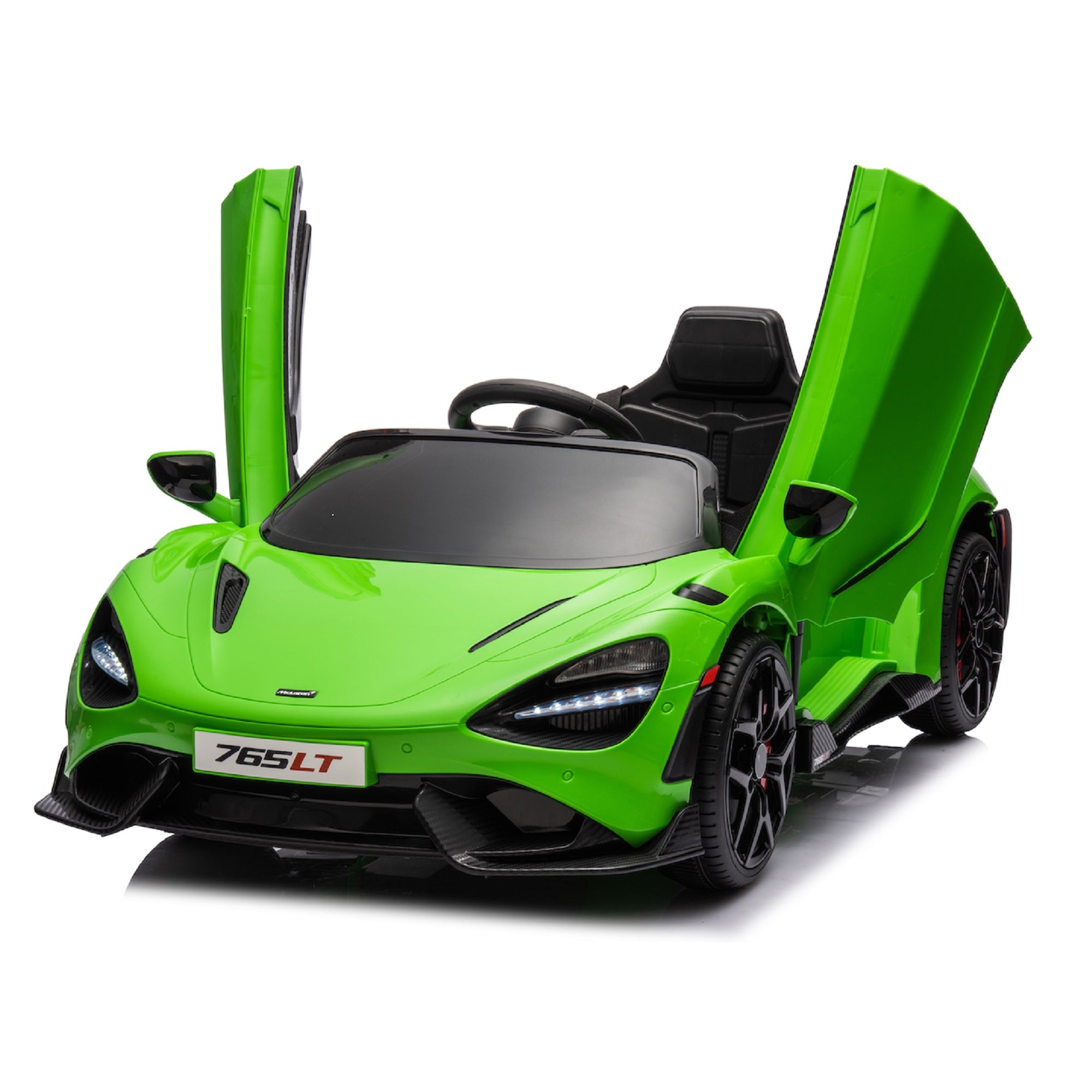Good Tips On Picking Remote Control Childrens Cars
Wiki Article
What Should I Know About Battery Life & Charging Time For An Electric Ride-On Kid's Car?
Knowing the charging duration and battery life for an electric ride on kids Cars will allow you ensure that your kids are entertained for a long time. Here's what you need to know about the battery type -
Children's electric cars can be recharged, and usually utilize lithium-ion battery or lead-acid battery. Lead-acid batteries take longer to charge and have shorter battery life.
Capacity of Battery
The capacity of a battery can be measured in either amps-hours or watts. Batteries with higher capacity provide longer duration between recharges.
Run Time -
The duration of the run is the highest duration of continuous operation an electric vehicle can achieve with one charge. This can depend on factors like battery capacity along with motor speed, terrain, and the weight of the rider.
For electric vehicles The typical runtime for electric ride on cars is between 30 and 2 hours from the use of a single battery. However, lithium batteries with high capacity can offer longer running times.
Charge Time
The charging time is how it takes for the battery to fully recharge after it has been exhausted. Charging times may vary based upon battery capacity or specifications for the charger.
The typical charging time for electric ride-on vehicles is between 8 and 12 hours. However, certain models offer quicker charging times, especially when using lithium-ion cells.
The longevity and safety of batteries depend on the charging of the battery according to the guidelines of the manufacturer. The performance of the battery and its life span is affected by either overcharging it or undercharging it.
Charging Method -
Chargers for electric ride-ons are usually plugged into the standard outlets in your home. Some models may offer quick charging or even a smart charger that monitors the battery's status of charge and adjusts charging rates according to the condition of the battery.
To avoid battery damage or damage to electrical systems, make sure the charger in the ride-on car is compatible with the charging port.
Batteries for Other Use -
Some electric cars permit the purchase of additional or extra batteries. This may extend play time. If you have extra batteries it is possible to swap the battery that has been depleted to an fully charged battery to minimize downtime.
By understanding the battery duration and charging time of an electric ride on kids' car You can be sure that your children have fun and uninterrupted playtime as they explore their surroundings. Continuously charging the battery and following the correct charging procedures will help to extend the life of your battery and improve its performance. Check out the top JCB ride on toys for more examples including remote control childrens electric cars, cars pedal car, digger ride, toy car for car, toy toy cars, digger ride, electric rideons, ride ons, cars pedal car, electric ride along car and more. .

What Models For Kids Can Be Used Both Indoors And Out?
The features of the models for indoor and outdoor use are different. Here are some of the different features of these cars Indoor Use Cars
Size and weight Cars that are designed for indoor use are usually lighter and smaller in size to move easily in tight spaces such as playrooms, living rooms or hallways. These vehicles are compact and compact, allowing them to effortlessly navigate through narrow spaces or around corners.
Low Ground Clarity Low Ground Clarity - Indoor vehicles have lower clearances to prevent them getting stuck, or snagged, on obstructions, like carpets, rugs or thresholds. This guarantees smooth and uninterrupted movement across indoor surfaces, without the risk of getting stuck or tipping over.
Smooth Wheels: The wheels on indoor vehicles are typically constructed from smooth materials such as rubber or plastic. This provides traction and grip for smooth surfaces such as hardwood floors, laminate floors, or tiles. The wheels are made to cut down on noise and keep from scratching or scuffing surfaces.
Temporary Speed - For indoor usage, cars typically are slower than usual to ensure they are safe and controlled in narrow space. This helps prevent collisions and accidents caused by furniture, such as walls or obstacles found inside.
Outdoor Use Cars -
Durable Construction- Cars which are designed for outdoor usage are constructed with durable materials. They may be made of tough metal or plastic to withstand elements of the outdoors like sunlight, moisture, temperature changes and rough handling. They are less prone to be afflicted by wear and tears caused by exposure to outdoor conditions.
High Ground Clearance - Outdoor-use vehicles have a greater ground clearance so that they can take on bumps and uneven terrain that is encountered outside. This lets the vehicle traverse rough terrain without damaging or getting stuck.
Traction Tires: The tires on cars used for outdoor use typically have treads, or patterns that enhance grip and traction when driving over uneven or slippery surfaces. This allows for better control and stability while driving on rough terrain.
Weather Resistance: Outdoor-use cars typically have weather-proof features like sealed electronics or waterproof casings. They can also make use of the rust-resistant materials to avoid damage from moisture. This allows the car to endure mud, rain or puddles and still be able to perform.
High-Speed - Vehicles that are designed for outdoor use have greater speeds as they're designed to handle the wide spaces and distances that can be encountered in the natural world. This lets children experience a more thrilling and adventurous experience when out in the open.
Take note of these characteristics and features when choosing a vehicle for your child's vehicle. It is designed to the conditions and uses that you envision whether outdoors, indoors or both. You can be sure of an enjoyable, long-lasting and safe playing experience. See the recommended read more on electric kids cars for blog recommendations including childs electric ride on car, toy and car, electric ride on, ride of car, ride electric car, car toy car toy, electric ride on cars, toy in car, electric two seater cars, 2 seater electric cars and more. .

What Should I Consider Before Buying An Electric Kid's Car? Pros And Cons?
When you're looking to purchase an electric child's vehicle, it is important to consider a variety of factors. Consider these key factors, including information on costs, sizes pro, cons and more.
When choosing an electric child's vehicle, take into consideration the age and height of your child. Children who are smaller and less seasoned might prefer lightweight and compact models, whereas larger and older children might require larger vehicles with more room to accommodate them comfortably.
Car Weight and Size -
Electric cars for children are available in a variety of sizes. They range from miniscule to full-size replicas. You should consider the size and weight of the vehicle in relation to the child's height, size and age. In addition, you'll need be aware of the amount of space you have available for storage and playing.
Price Band
Electric children's cars are available in a broad price range based on aspects like size, features, and the brand. Prices for micro-sized versions range from $50 to 200, while those for larger-scale replicas can cost up to $800.
What are the pros and cons?
Pros -
Electric cars for children provide hours of entertainment, imaginative play, and the chance to drive their own vehicle.
Motor Skill Development. Driving an electric vehicle can aid children to improve their spatial awareness, coordination and fine motor skills.
Outdoor Play - Electric vehicles promote outdoor play and activity. This promotes exercise and exploration.
Realistic Features: Many electric vehicles for children have realistic features like working lights, horns, and MP3 playability. This improves the gaming experience.
Cons
Costs - High-quality electronic children's cars, especially replicas of well-known car manufacturers, can be expensive.
Battery Life: Electric vehicles run on rechargeable lithium-ion batteries which have a life-span that is limited and need to be charged often.
Safety Issues: Electric vehicles can be dangerous if not driven responsibly under supervision of an adult. They may cause accidents, falls, and even entrapment.
Assembly and Maintenance A few electric vehicles need assembly upon arrival, as well as regular maintenance such cleaning, battery care, and occasionally repairs or replacements of parts.
Features and Accessories
Look at the features and accessories that you can get for your electric kid's car. For instance, you can have working headlights or the sound of a horn. Choose a car that comes with the features and accessories that are compatible with the preferences of your child.
In the end, the ideal electric kids' car for your child is based on factors like their age, size, interests as well as your budget. Be sure to compare the different models, go over them and consider the pros and cons before making a decision. Take a look at the most popular Lamborghini ride on car kidscars.co.uk advice for website recommendations including childs ride on car, ride on digger, toy car for car, toy the car, ride on digger, toy and car, toy toy cars, childrens ride on, two seater electric cars, ride electric car and more. .
